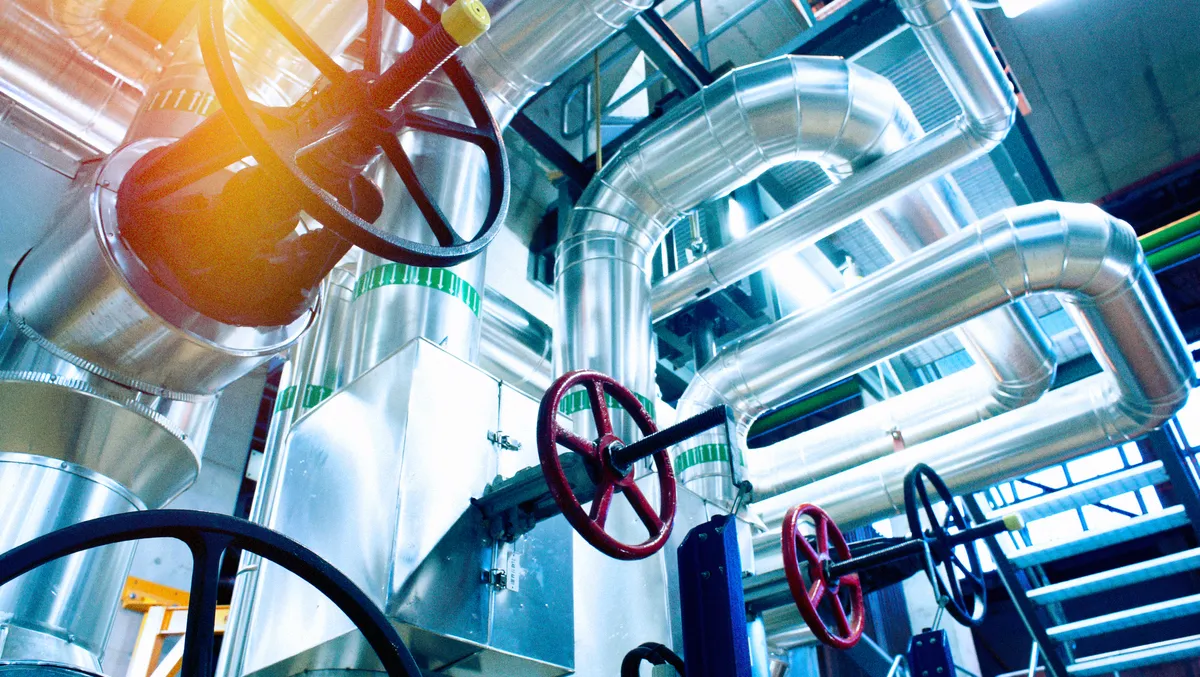
Why the water industry cannot ignore digitisation
When we consider the technological changes of the past 10 to 15 years, the pace of change has been incredible. No doubt, operating environments are changing rapidly. With that change comes the risk of adapting at the right pace to thrive.
The consumer leads the digitisation of industries: Netflix, Spotify, and YouTube have forever changed how we interact with content. Other industries and sectors have been slower to adapt because of risk vs reward. It's far more consequential when something goes wrong on an oil rig than if the Wi-Fi drops out whilst watching funny cat videos.
With technology maturing, the digitisation of critical infrastructure has commenced. There are few examples of critical infrastructure being challenged as much as water infrastructure in Australia. The droughts pre-2020 were quickly followed by some of the most devastating floods we have ever seen. It has required innovation in managing our most precious resource. External market factors such as increasing environmental obligation and awareness, a very hot labour market, and rapid inflation provide an additional impetus to manage resources and infrastructure with optimised accuracy.
Digitisation needs to improve things. Whether to increase efficiency, deliver a better customer experience or manage risk, the outcome's value needs to exceed the investment several times over. Historically this equation has limited the roll-out of digitisation as the cost was too high relative to its benefit. Over time, new technologies and the associated price reduction presents savvy water utilities with the opportunity to measure, manage and automate their operations in previously not feasible ways.
The digitisation process is not an endpoint but rather a continuous journey. Amara's law state that we tend to overestimate the impact of new technology in the short run, and at the same time, we underestimate it in the long run. Some of the best examples of this law exist from the previous industrial revolution with the arrival of computers and the internet. Thomas Watson, IBM President, famously predicted: "I think there's a world market for maybe five computers".
Embracing change vital for a digitised future
Water utility organisations must embrace cultural and technological changes to prepare for a digitised future. These changes typically take place over three phases:
The first phase of transformation is to connect to new things. From experience, adopting a continuous improvement methodology is the best methodology for ascertaining what to connect first. It starts with understanding the challenges you can and want to solve with relative trade-offs between effort and benefit. Some of the use cases Kallipr (formerly mIoT) has seen employed successfully by water utilities as part of this phase include digital meter reading (commercial and residential), wastewater management, water quality management (chlorine) and power monitoring of infrastructure.
These use cases offer an immediate return on investment as operations are streamlined through the new insights. This second phase of insights and control is tremendously important as it lays the foundational knowledge, both human and machine, for the final phase of automation.
The automation phase of digitisation is a challenging rubicon to cross as it challenges an organisation's psychological and technical capabilities. As we evolve as humans, our work changes due to the augmentation of our abilities through technology. We've already accepted these changes as part of our daily lives. Examples include Map apps calculating the best path to the airport, complying with the traffic light's instruction on whether we may or may not move and ultimately getting on a plane that uses autopilot to fly itself with inputs.
How digitisation will impact the water industry
The same mandated automation opportunities exist in the water industry too. For example, rather than waiting for an operator to interpret a sewer level monitor's output, enough data exists to make a decision. Today we can automate the dispatch of a technician to remove a block and avoid ecological disaster. Automating this decision by linking the sensor data to a workflow management system via machine learning results in excellent accuracy and consistency. For enterprises, it provides ROI by saving time and costs.
If digitisation ends in automation, it's essential to consider this from the beginning. The telematics industry has shown us already that it's highly unlikely that one OEM will provide all the solutions. With so many variables in the water supply chain, we assume that aggregating telemetry data from various sources will be vital.
Digitised organisations will have digital arms, either in-house or outsourced. They will resemble the currently accepted information technology structures in response to this fourth industrial revolution. Key to their success will be their ability to aggregate data in a practical manner for simulation and real-time automated decision-making. The aviation industry already adopts this data approach with Airservices Australia and Deloitte Digital partnering to provide real-time digital twins that optimise air control traffic.
All large, digitised organisations will leverage the power of digital twin data structures. They will need to deal with the sheer volume of data and data sources that will increase. As more individual use cases are solved, digital twin data management will resemble the rise of the ERP from the previous revolution. All of this will ultimately work to achieve the final stages of automation.
The water industry's future may seem complex. However, technological advancements and the industry's maturation will help solve this complex problem one at a time. As the continuous improvement journey unfolds over the connect, analyse & control, and automate phases of digitisation, the water industry will ultimately deliver a more sustainable future.

